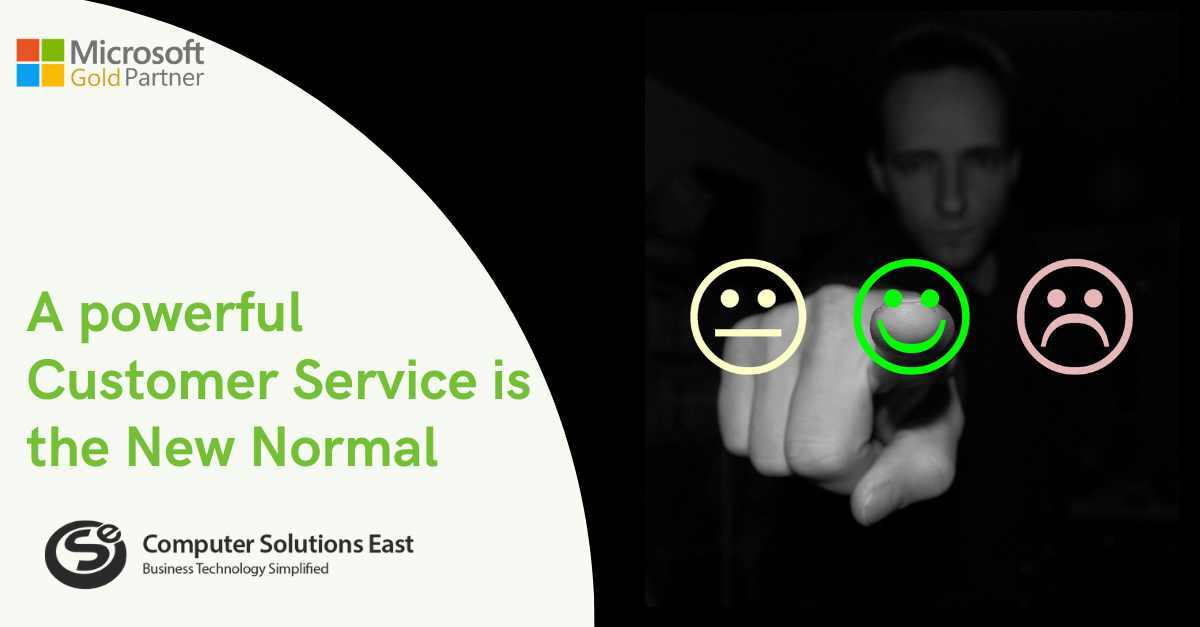The role of Technology in Streamlining Covid-19 Supply Chain
As vaccine supplies grow and become more accessible to the public in the following weeks, President Biden has urged for a “wartime effort” to accelerate vaccinations to contain the spread of COVID-19. Utilizing the private sector’s full potential and fostering better public-private cooperation will be critical for guaranteeing a more efficient and fair distribution of COVID-19 vaccinations. However, more study is required to identify the current gap that private sector resources may fill and establish how these resources can most effectively complement and improve current state and local initiatives to distribute, make COVID-19 vaccinations accessible, and promote equitable adoption.

This white paper highlights vital chances and promising practices for public-private relationships to support increased efficiency and equity in the distribution of COVID-19 vaccines and considerations for government and non – governmental leaders when developing a multi-sector approach to addressing emerging issues.
Complicating matters further, demand will continue to outstrip supply for the foreseeable future, necessitating staggered delivery and beneficiary eligibility confirmation. Additionally, the site administration is more complicated. Identifying local resources, such as buildings, human resources, and safety gear, is challenging, given the strain placed on health systems since the epidemic began. Additionally, site selection is contingent upon the vaccine’s needs (vial size and dosage, number of doses, storage, etc.) and the site’s capacity to reach a set volume of beneficiaries within a specified period.
Generally, the barriers to improving vaccine delivery are pretty similar, including the following:
- Inadequately organized patient records
- Inadequate formal patients outreach and confirmation of eligibility
- Limited distribution system and capabilities for cold chain storage
- The difficulties inherent in completing the last mile
Leveraging the public vaccination platform
Expanding current capacity to achieve the objective of vaccinating millions in the following weeks and months while remaining equitable will need new or enhanced partnerships and collaborations. In collaboration with community partners, these efforts can help ensure that vaccines are accessible in various safe and convenient community locations, including pharmacies, community health centers, health centers, mass vaccination sites, and pop-up clinics in workplaces, schools, and local organizations. Along with increasing vaccination locations and staff, private sector partners may provide resources and technical knowledge to solve vaccine delivery issues, such as supply chain logistics, the efficiency of vaccination programs sites, or registrations and scheduling procedures.
Implementing Tech-Powered Supply Chain Management
Supply chain transformation has expanded rapidly due to COVID-19 – necessitating food, product, and supplies to consumers. Simultaneously, organizations have defied historical orthodoxies by cooperating in novel ways to create the vaccine at record speed. Now, stakeholders must replicate this process throughout the subsequent step of distribution to people. Each party is accountable for provenance and integrity. Confidence in the source, quality, administration process, and aftercare must remain a high focus throughout the supply chain — and this includes trust in the authority, efficiency, administration process, and aftercare.
Patient Record Maintenance
 As with diseases and pandemics, natural catastrophes wreak havoc in a variety of, often unexpected ways. Particular objects they destroy, like houses and roads, may be restored. Others, such as lost records, are irreversible. For instance, Cyclone Idai wreaked havoc on the region around Beira, Mozambique, in March 2019. Thousands of patient records were lost in the middle of the tragedy and devastation.
As with diseases and pandemics, natural catastrophes wreak havoc in a variety of, often unexpected ways. Particular objects they destroy, like houses and roads, may be restored. Others, such as lost records, are irreversible. For instance, Cyclone Idai wreaked havoc on the region around Beira, Mozambique, in March 2019. Thousands of patient records were lost in the middle of the tragedy and devastation.
Consider how computerized patient records might potentially save lives in circumstances similar to those in Mozambique. To solve this problem, Management Sciences for Health can leverage technology with IT partners’ support through managing medicines and medical supplies — from sourcing and demand planning to patient dispensing. To do this, physicians must handle patient information, which includes prescriptions and referrals. This system allows pharmacists to monitor, evaluate, and manage pharmaceutical inventories and storage, thus providing medications to patients when or where they are needed.
Promoting equity and engaging populations at risk
Private sector institutions, including health services and medical insurance, may play a critical role in ensuring that people at increased risk of adverse effects from COVID-19 get immunizations. As vaccine supplies grow, focused outreach initiatives and community-based methods will be essential for reaching individuals who have not been vaccinated and those that encounter access hurdles. For example, via data exchange, health services and medical plans may cooperate with states to involve patients and enrollees who have not yet received vaccinations to do outreach, arrange appointments, and provide transportation. Promising approaches include connecting immunization status data from immunization information systems and sharing data through health information exchanges.


